Varicellazoster virus American Academy of Ophthalmology

Herpes Zoster NEJM
Shingles is a disease caused by the reactivation of the varicella-zoster virus. The virus stays dormant in the nerves until your immune system weakens. It then spreads to the skin around the nerves. You can have shingles if you've had varicella (chickenpox). About one-third of people will get shingles at some time.

References in Varicella The Lancet
View ICD-10 Tree. Chapter 1 - Certain infectious and parasitic diseases (A00-B99) » Viral infections characterized by skin and mucous membrane lesions (B00-B09) » Zoster [herpes zoster] (B02) ICD-10 Subcodes (7) B02.0 - Zoster encephalitis. B02.1 - Zoster meningitis. B02.2 - Zoster with other nervous system involvement.

Herpes Zoster (Shingles) Online Dermatology
Zoster without complications. B02.9 is a billable/specific ICD-10-CM code that can be used to indicate a diagnosis for reimbursement purposes. The 2024 edition of ICD-10-CM B02.9 became effective on October 1, 2023. This is the American ICD-10-CM version of B02.9 - other international versions of ICD-10 B02.9 may differ.

VaricellaZoster Virus Spread Infectious Diseases JAMA JAMA Network
ICD-10-CM Codes › A00-B99 › B00-B09 › Varicella [chickenpox] B01 Varicella [chickenpox] B01-Clinical Information. A contagious childhood disorder caused by the varicella zoster virus. It is transmitted via respiratory secretions and contact with chickenpox blister contents. It presents with a vesicular skin rush, usually associated with.
Varicellazoster virus American Academy of Ophthalmology
B02.8 is a billable/specific ICD-10-CM code that can be used to indicate a diagnosis for reimbursement purposes. The 2024 edition of ICD-10-CM B02.8 became effective on October 1, 2023. This is the American ICD-10-CM version of B02.8 - other international versions of ICD-10 B02.8 may differ. Applicable To.
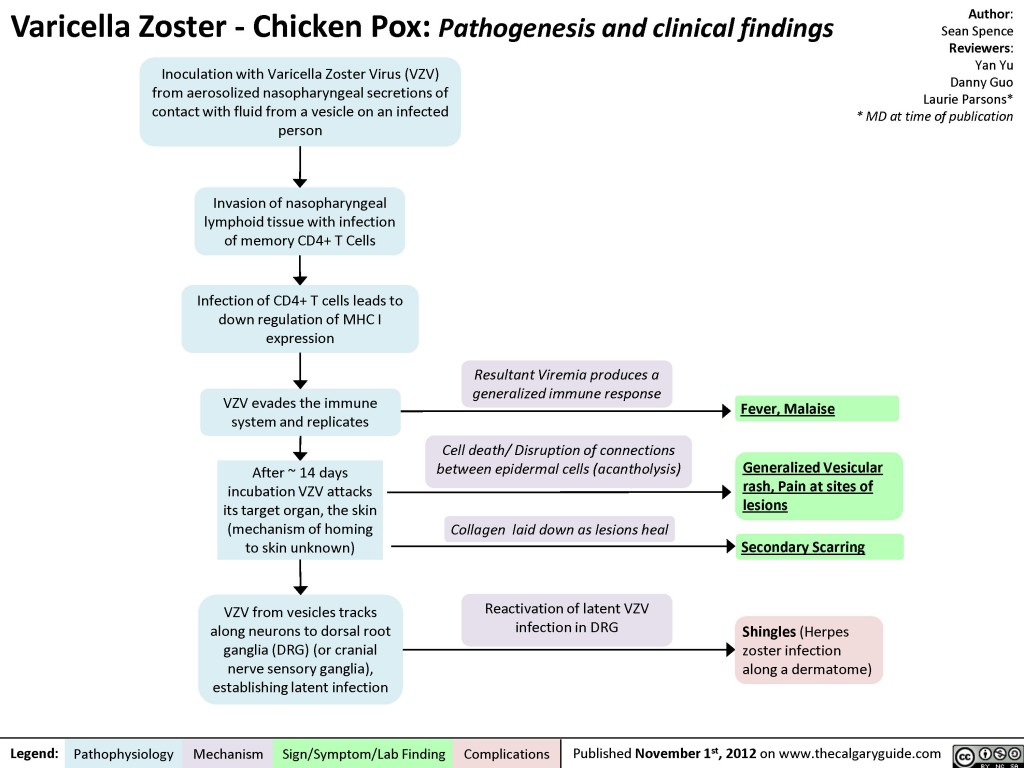
Varicella Zoster (Chicken Pox) Calgary Guide
Varicella is an acute infectious disease caused by varicella zoster virus (VSV). Primary infection with VZV results in chickenpox. Herpes zoster (shingles) is the result of reactivation of latent VZV.. Condition ICD-10-CM Codes ICD-9-CM Codes 1. Varicella 2. (Possible case) B01 (varicella chickenpox) 052 (chickenpox) B01.0 (varicella.

Varicella zoster virus vasculopathies diverse clinical manifestations, laboratory features
Varicella without complication. B01.9 is a billable/specific ICD-10-CM code that can be used to indicate a diagnosis for reimbursement purposes. The 2024 edition of ICD-10-CM B01.9 became effective on October 1, 2023. This is the American ICD-10-CM version of B01.9 - other international versions of ICD-10 B01.9 may differ.

Varicella (chickenpox) Immunisation Advisory Centre
ICD-10 Codes; Lab Certifications & Accreditations; Lab Data Integrations & Tools Toggle Lab Data Integrations & Tools. Technology & EMR/EHR Integrations; Data Insights & Analysis;. Although most cases of varicella or zoster are clinically unambiguous, serology may be occasionally useful in the differential diagnosis of other blistering.

Diagnosis Varicella Alomedika
B02.1 Zoster meningitis. B02.2 Zoster with other nervous system involvement. B02.21 Postherpetic geniculate ganglionitis. B02.22 Postherpetic trigeminal neuralgia. B02.23 Postherpetic polyneuropathy. B02.24 Postherpetic myelitis. B02.29 Other postherpetic nervous system involvement. B02.3 Zoster ocular disease.

Decoding the architecture of the varicellazoster virus transcriptome
Vasculopathies caused by varicella zoster virus (VZV) are indicative of a productive virus infection in cerebral arteries after either reactivation of VZV (shingles) or primary infection (chickenpox). VZV vasculopathy can cause ischaemic infarction of the brain and spinal cord, as well as aneurysm, subarachnoid and cerebral haemorrhage, carotid.

Varicella Titer Cpt Code
View ICD-10 Tree. Chapter 1 - Certain infectious and parasitic diseases (A00-B99) » Viral infections characterized by skin and mucous membrane lesions (B00-B09) » Varicella [chickenpox] (B01) ICD-10 Subcodes (5) B01.0 - Varicella meningitis. B01.1 - Varicella encephalitis, myelitis and encephalomyelitis. B01.2 - Varicella pneumonia.
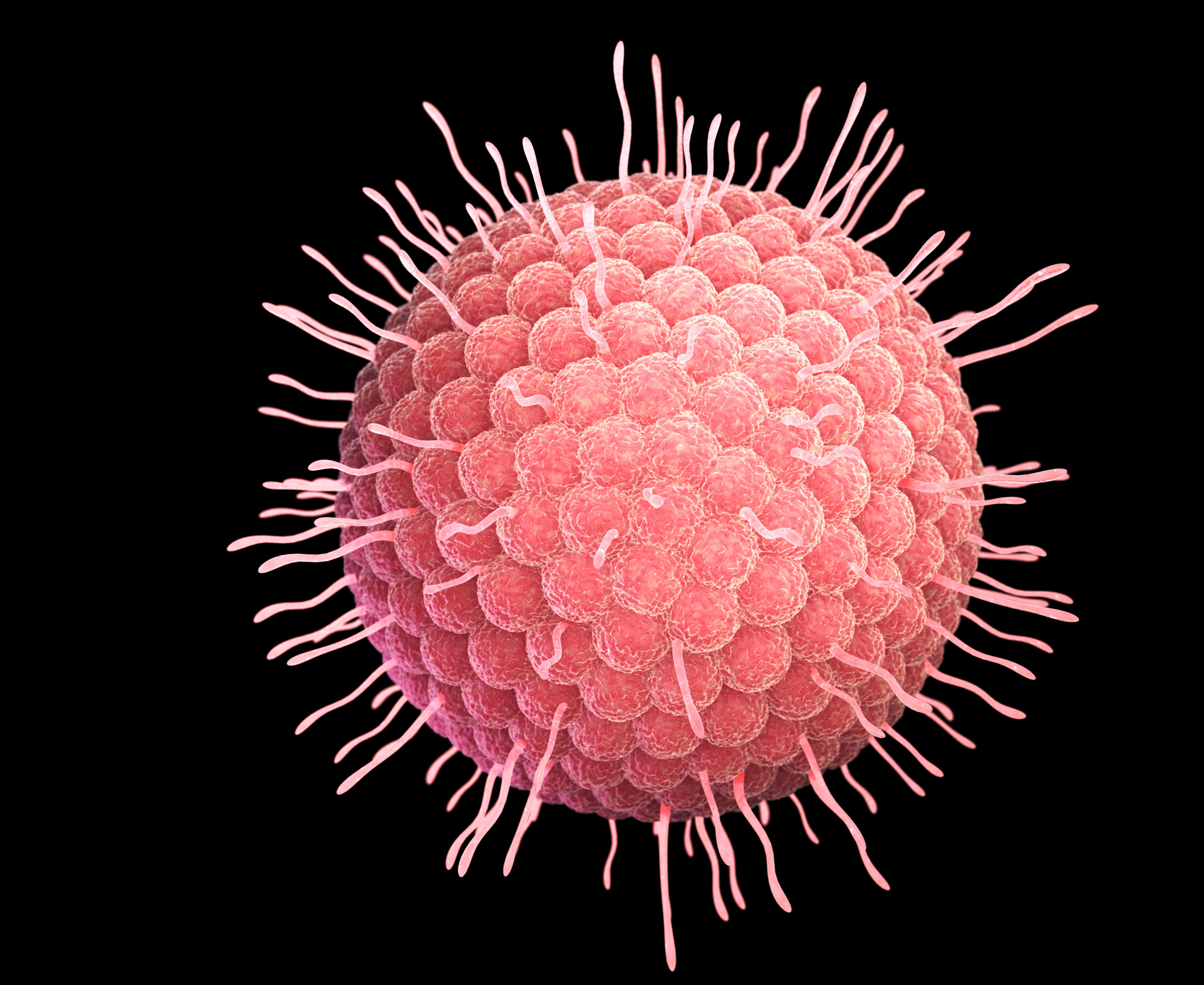
VaricellaZoster Grade 2 Microbix Biosystems Inc.
For more information on varicella-zoster virus specimen collection, storage, and handling, please contact: National VZV Laboratory. Centers for Disease Control and Prevention. 1600 Clifton Road, NE. Atlanta, GA 30333. Tel: 404-639-2178 or 404-754-0114. Email: [email protected].
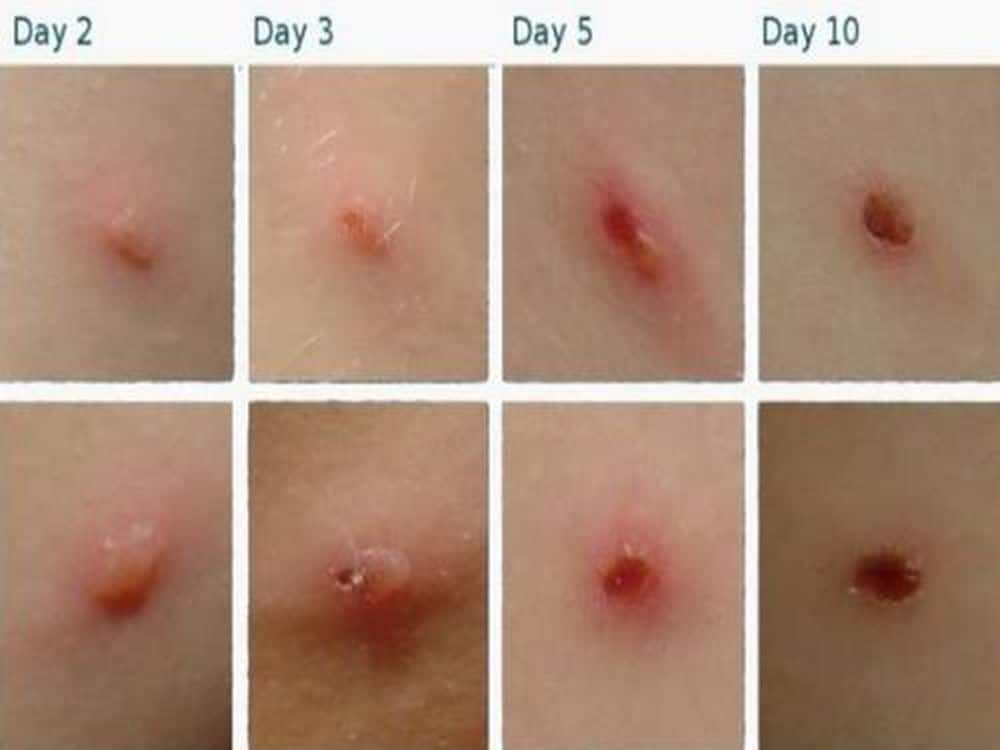
Chicken Pox Kid Care Pediatrics
Inclusion Criteria: Includes only relevant concepts associated with all varicella zoster infections. This is a grouping of ICD-10-CM and SNOMED CT codes. Exclusion Criteria: No exclusions. Constrained to codes in the Diagnosis: Varicella Zoster value set (2.16.840.1.113883.3.464.1003.110.12.1039)

Assessment of the Accuracy of Using ICD9 Codes to Identify Uveitis, Herpes Zoster Ophthalmicus
The average incubation period for varicella is 14 to 16 days after exposure to a varicella or a herpes zoster rash, with a range of 10 to 21 days. A mild prodrome of fever and malaise may occur 1 to 2 days before rash onset, particularly in adults. In children, the rash is often the first sign of disease.
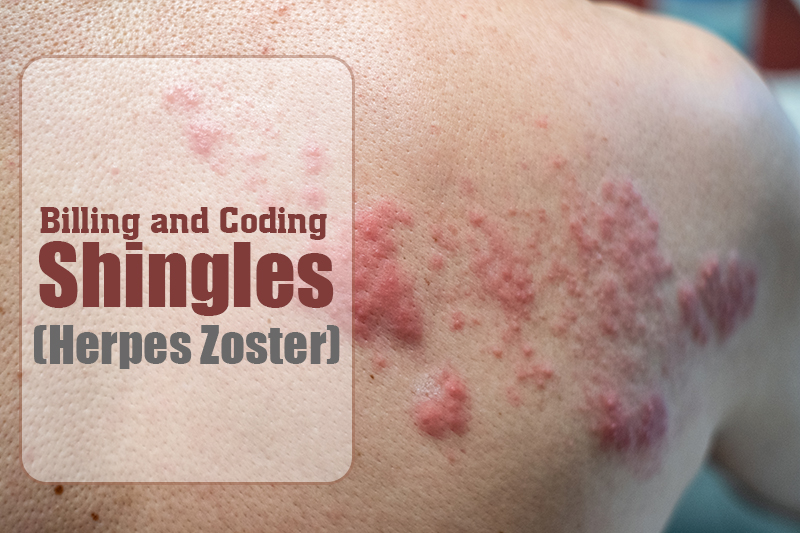
Billing and Coding for Shingles A Painful Skin Condition
Chickenpox or varicella is a contagious disease caused by the varicella-zoster virus (VZV). The virus is responsible for chickenpox (usually primary infection in non-immune hosts) and herpes zoster or shingles (following reactivation of latent infection). Chickenpox results in a skin rash that forms small, itchy blisters, which scabs over. It typically starts on the chest, back, and face then.
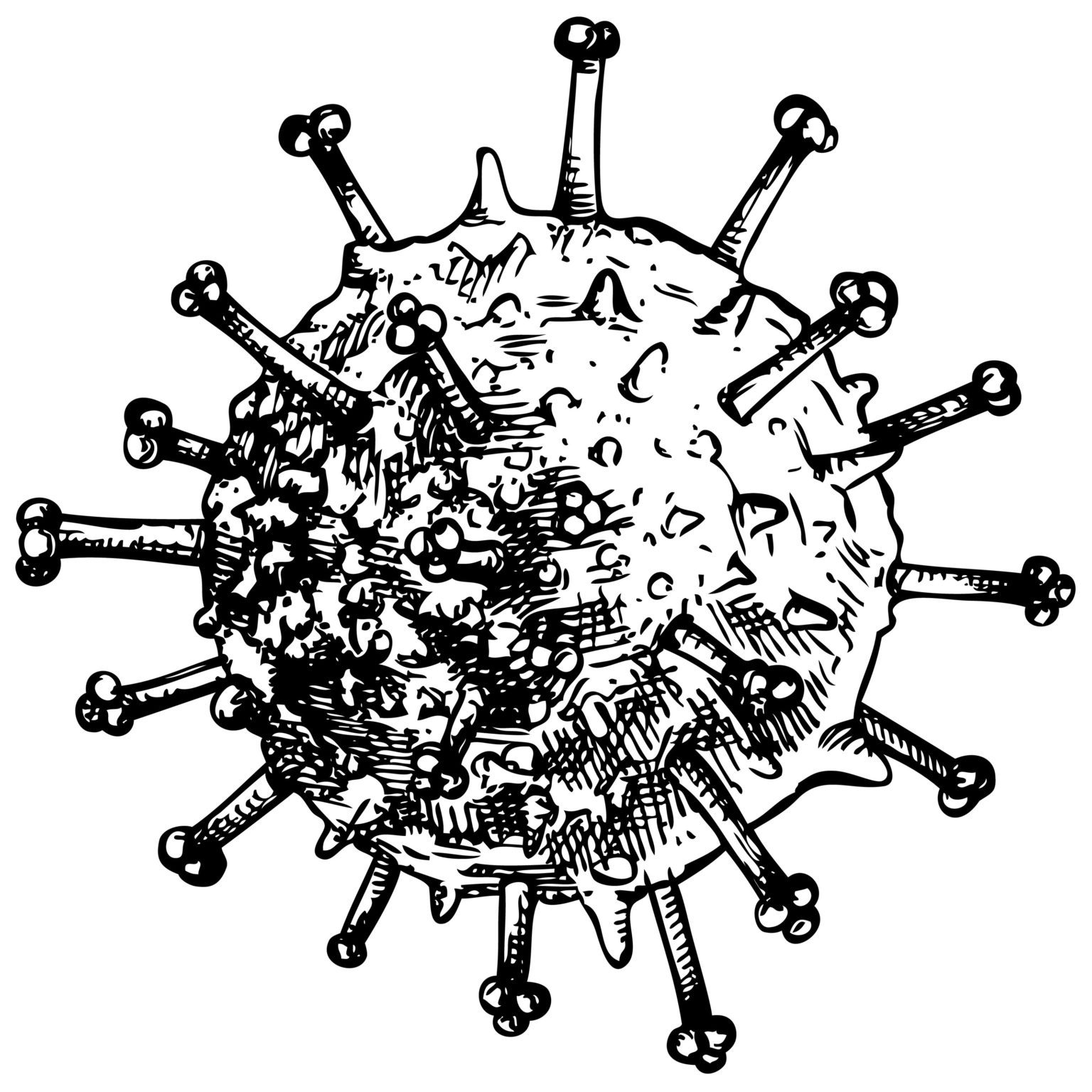
VaricellaZoster Grade 2 Microbix Biosystems Inc.
ICD-10 codes not covered for indications listed in the CPB: B01.9: Varicella without complication [prevention of chickenpox]. to 200 participants greater than or equal to 70 years of age who had received a dose of ZV greater than or equal to 10 years previously. Varicella zoster virus (VZV) antibody titers (measured by a VZV glycoprotein.